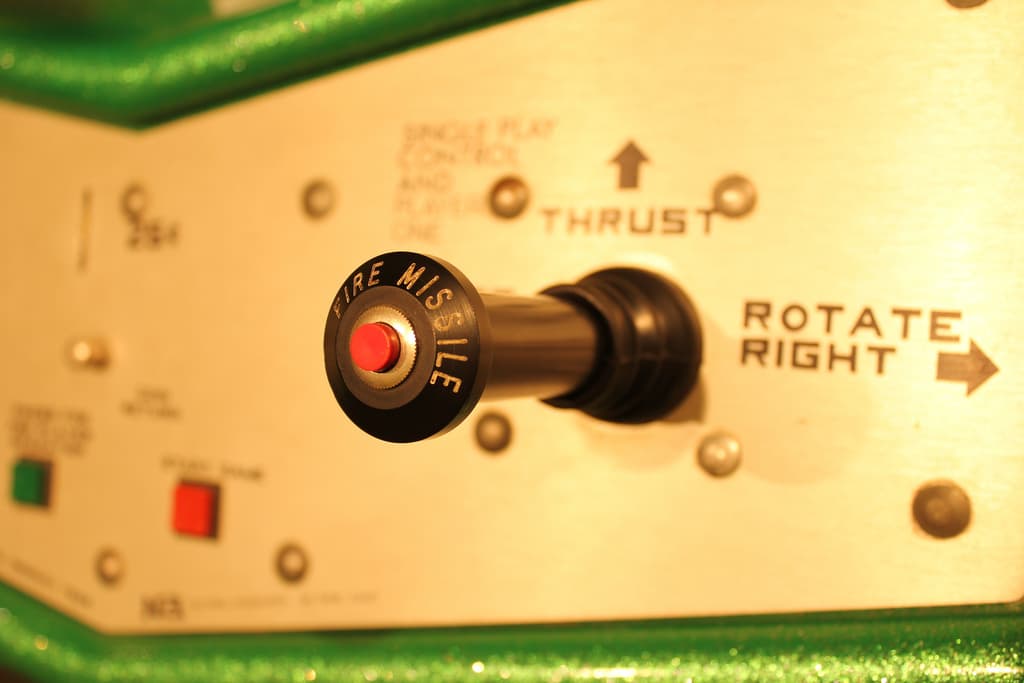
The signing of the Intermediate-Range Nuclear Forces Treaty (INF) by the US and the Soviet Union in 1987 marked the beginning of a new era and the end of the Cold War. It was the means whereby Ronald Reagan and Mikhail Gorbachev renounced (zero on each side) an entire category of weapons: ground-launched missiles with ranges of 500-5,500km, which on the US side then meant Pershing IIs and ground-launched cruise missiles and on the Soviet side SS-20s (in NATO terminology). At that time, China played only a bit-part in the nuclear war theatre, which was essentially European. Thirty-one years later, Donald Trump’s announcement that the US is to withdraw from the treaty has as much to do with Beijing as it does with Moscow.
It involves Moscow because the US government accuses Russia of violating the treaty with its new Novator 9M729 missile (SSC-8 in NATO-speak). Obama had already proposed an ‘integrated strategy’ back in 2009, which failed to make Moscow comply. NATO, which has continued building up its conventional deployment near the borders of the Russian Federation, has never renounced nuclear weapons, always maintaining an ambiguous stance on their use. In 1971, according to some studies, NATO (in other words the US) had as many as 7,300 nuclear warheads deployed, although since then it has withdrawn some 7,000. NATO continues being an alliance in which nuclear weapons are central. It still possesses (US) airborne and tactical nuclear weapons –there is no absolute Zero– in five member states that contribute to their deployment. The US, France and the UK also have maritime weaponry. NATO has developed a Joint Air Power strategy (JAP) for addressing both conventional and nuclear challenges. ‘One of the great paradoxes of today is that the level of armed forces concentrated on both sides of NATO-Russia common border is much lower than 25 years ago, but the risk of armed conflict is much higher’, remarked Alexei Arbatov at the Centre for International Security in Moscow, even before Trump’s announcement.
The INF Treaty had already been dying a slow death. All this comes in the midst of an attempt by the Trump Administration to make nuclear weapons more usable by reducing their size, with a ‘flexible and tailor-made nuclear deterrence strategy’ that tends to blur the division between nuclear and conventional weapons, not only in Europe but also on the world stage. The cases –in nuclear and missile terms– of North Korea and, in Trump’s view, of Iran are also a factor. Trump wants all options to be at hand. Achieving that in the European theatre would be a serious matter, because tactical nuclear weapons are often stored in the same places as conventional weapons and transported by the same aircraft. Without the INF Treaty, the deployment of new nuclear arsenals on both sides could gather pace and with it the possibility of their early use in any conflict, with greater escalation to follow.
Trump’s decision will probably mean that the blame for the collapse of the treaty will fall on the US, despite Russia having supposedly breached it first. Free of restrictions a new nuclear arms race could be unleashed, possibly more qualitative than quantitative, although the Pentagon does not seem to have any missiles of the intermediate type, and even if it did it would have problems deploying them in Europe, because none of its allies wants them on their territory. The allies’ concern has grown against the backdrop of a new episode of the ‘America First’ concept, with a further cause for disagreement with Washington in an already weakened NATO, which lacks a clear idea of what red lines to impose on Russia. Germany’s Foreign Minister, Heiko Maas, has described Trump’s decision as regrettable and said that ‘it poses difficult questions for us and for Europe’. Memories of the mass demonstrations in the 1980s against the deployment of the Pershing II missiles are still fresh in the minds of many leaders, who thought they had dispelled the fear of nuclear war, a spectre that could return with a new-style Cold War, especially because China has entered the equation.
China is what really concerns the Trump Administration and it could be the main reason for the decision. After returning from his recent trip to Moscow, John Bolton, Trump’s National Security Advisor, said that emerging powers such as China mean that there is ‘a new strategic reality out there’. He described the INF as a ‘bilateral treaty in a multipolar ballistic missile world’. The Treaty has not yet been formally revoked by the US, but it would be ‘in due course’.
One possibility of saving it, under another guise, would be if Russia and China signed up to a new agreement on this type of weaponry. Vladimit Putin has little incentive for doing so in this and other fields, given that he has lost superiority in conventional weapons and seeks at least strict nuclear parity at all levels with the US, which he is doubtful to achieve given US anti-missile defence systems. China has even less incentive because, unconstrained by the restrictions of the agreement, a major part of its arsenal, both conventional and in nuclear missiles, consists of intermediate-range weapons that it is not going to give up. Perhaps Trump and Putin will take a new tack when they meet on 30 November in Buenos Aires for the G20 summit.
Russia also has to lose from the end of the Zero-Zero Treaty. It is not in its interest to enter a nuclear arms race on both its western (the US and NATO) and eastern (China and North Korea) flanks. The INF was between two parties, but it was part of a set of nuclear deals. The one that limited anti-missile defences, the ABM, was renounced by George Bush in 2001. The most recent START treaty on strategic weapons (signed in 2010 and expiring in 2021) has no current prospect of being extended. Arms control –which, despite being bilateral in these instances, affects the entire world– is in crisis.
Although Trump’s negotiating style often consists of engineering the end of agreements to secure new ones, throwing out the bathwater of the 1987 agreement with the baby still in it is fraught with danger. We remain a long way from Obama’s hopeful proposal as set out in Prague in 2009 of securing a world free of nuclear weapons. It is destabilising to move towards a new Cold War, this time three-sided, in the absence of a doctrine that underpins stability. The balance of terror, however catastrophic it might have seemed, worked on the basis of mutual deterrence. This would be much more difficult with three parties involved. The scenario just over the horizon could be even more hazardous, because the use of nuclear weapons, which the world has avoided since Hiroshima and Nagasaki, is being drawn nearer.


